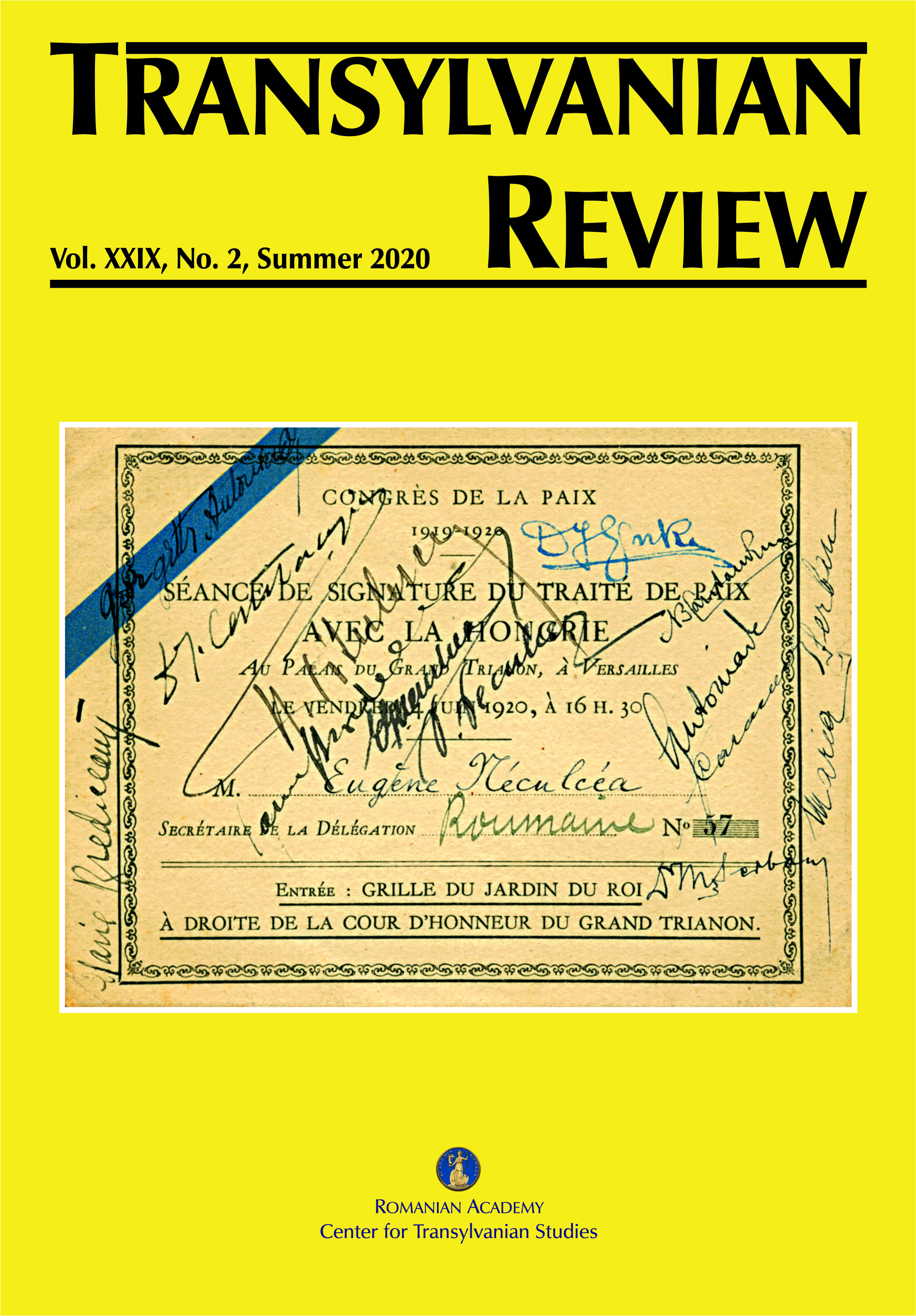Artistic Identity and Hegemony in the
Establishment of the Painting School of Cluj
Artistic Identity and Hegemony in the
Establishment of the Painting School of Cluj
Author(s): Olimpia BeraSubject(s): History, Cultural history, Recent History (1900 till today), Transformation Period (1990 - 2010)
Published by: Academia Română – Centrul de Studii Transilvane
Keywords: contemporary painting; art galleries; museums; higher education; art institution; university of art; Romanian painters; cultural hegemony; art fair; artistic education;
Summary/Abstract: The present article discusses the evolution and the recognition of the School of Painting established after the year 2000 within the University of Art and Design in Cluj-Napoca, with an activity involving both private initiatives and the relations between cultural and artistic educational institutions. It also highlights the various developments occurred inside and outside the university, namely cultural initiatives involving museums, private galleries, art portals, biennales and art fairs, teams of curators, and art historians, which continuously brought their contribution to the establishment and recognition of this school of painting, quite unique in Eastern Europe. Generations of painters asserted themselves in the framework of Cluj artistic higher education, their names being recognized internationally on the art market, in private museum collections, or in the great galleries of the world. Their success, on the one hand, maintained the reputation of this school of painting, and on the other, generated a gradual construction, based on concrete institutional actions, which outlined some acknowledged directions in contemporary art. Cultural hegemonyis generally applied to the construction of the mechanisms that contribute to the formation of thehybrid pictorial styles required by the Cluj School of Painting. From this perspective, the hegemony of art education significantly determines the formation of a series of recognizable artisticprofiles. Besides, painting as a phenomenon becomes an ever complex entity, constantly reinventing itself and living its own history in the digitalized era of mechanical re-production.
Journal: Transylvanian Review
- Issue Year: XXIX/2020
- Issue No: 2
- Page Range: 137-151
- Page Count: 15
- Language: English

